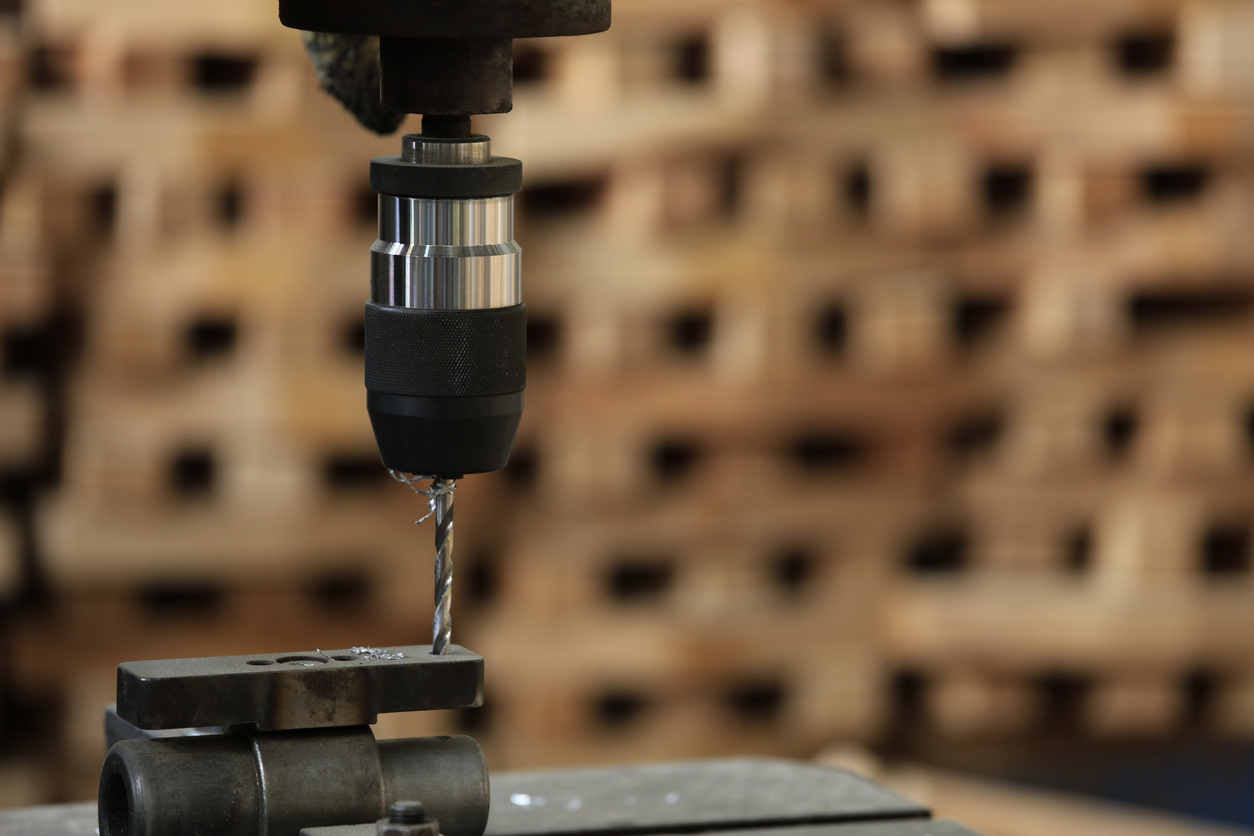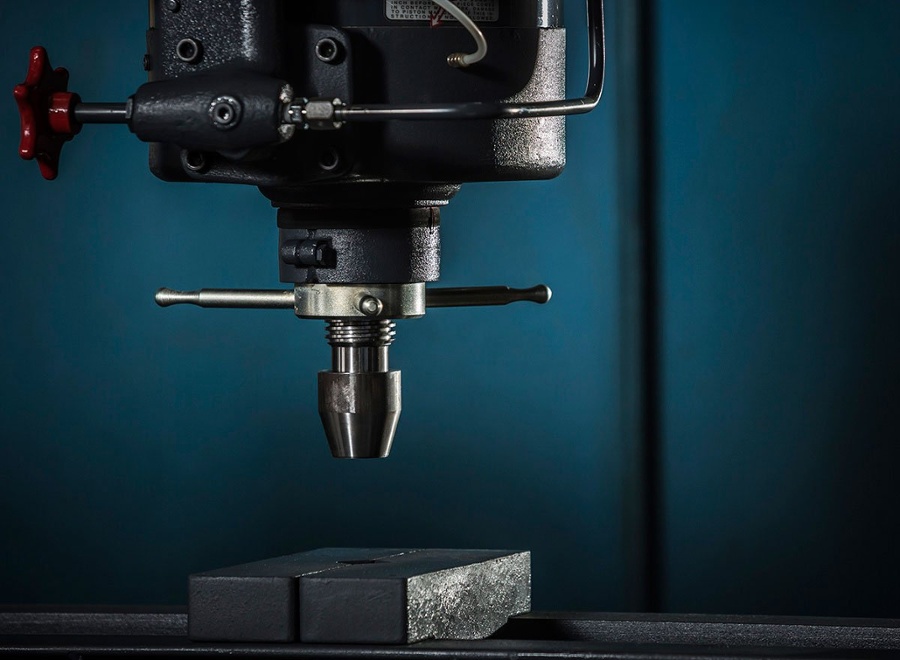Drill presses have been a cornerstone in the world of machining and manufacturing. Whether you are new to the field or a seasoned professional, understanding the intricacies of this essential tool is crucial. In this article, we are going to explore what is throat depth on a drill press and why it holds tremendous importance in the world of drilling technology.
When discussing drill press operations, ‘throat depth’ is a term that comes up often. Despite its frequent mention, many still wonder, what is throat depth on a drill press? For Industry QA professionals, getting a firm grasp on this concept is fundamental.

Understanding Throat Depth
Throat depth, also known as spindle to column distance, is the measurement between the center of the drill press’s spindle and the edge of its supporting column. This distance dictates the largest diameter of workpiece that can be drilled in the center.
Importance of Throat Depth
The importance of throat depth cannot be overstated. It essentially determines the drill press’s capacity to handle various workpieces. The greater the throat depth, the larger the workpiece that can be accommodated.
How to Measure Throat Depth
Measuring throat depth is straightforward. Using a ruler or tape measure, you can measure the distance between the spindle and the column. This measurement gives you a clear idea of the drill press’s capacity.
Applications of Throat Depth in Different Industries
Different industries have different requirements when it comes to throat depth. For example, in woodworking, a larger throat depth is often essential, whereas, in metalworking, precision is more crucial.
Throat Depth in Woodworking
Woodworking often involves larger workpieces, which means a drill press with a substantial throat depth is preferred. This enables the drilling of large holes in the center of extensive boards and panels.
Throat Depth in Metalworking
Metalworking requires precision drilling, often on smaller workpieces. In such cases, a lower throat depth might be sufficient, provided the drill press offers high precision and stability.
Throat Depth and Machine Stability
Machine stability is another aspect closely tied to throat depth. Drill presses with larger throat depths tend to be bulkier, providing a robust platform for drilling large workpieces without compromising stability.
Adjustable Throat Depth: A Game Changer
Modern drill presses often come with adjustable throat depths. This feature allows operators to customize the machine’s capacity based on specific project requirements, enhancing versatility.
Benefits of Adjustable Throat Depth
An adjustable throat depth allows for greater flexibility. Whether you are drilling small, precise holes or working on large workpieces, an adjustable throat depth means one drill press can accommodate a variety of tasks.
Throat Depth in High-Speed Applications
High-speed applications, such as those found in semiconductor manufacturing and genetic analysis, often require drill presses with specific throat depths to maintain precision at higher speeds.
Semiconductor Manufacturing
In semiconductor manufacturing, precision and speed are paramount. Drill presses used in this industry are designed to offer optimal throat depth to ensure accuracy and efficiency. More information can be found High-Speed Semiconductor Manufacturing
Genetic Analysis
Similarly, in genetic analysis, the need for precise and rapid drilling cannot be overstated. Drill presses with suitable throat depths are critical in this sector. Learn more about this application by clicking here.
Maintenance Tips for Optimal Throat Depth Performance
Maintaining the throat depth of a drill press ensures its longevity and optimal performance. Regular cleaning, lubrication, and calibration are essential maintenance practices.
Cleaning and Lubrication
Regular cleaning prevents buildup that can affect accuracy. Lubrication of moving parts reduces wear and tear, ensuring smoother operation.
Calibration
Calibration ensures that the throat depth remains accurate. Periodic calibration checks are recommended to maintain precision.
Throat Depth: Key Considerations When Buying a Drill Press
When purchasing a drill press, considering the throat depth in relation to your project’s requirements is crucial. Assess the size and type of workpieces you plan to drill to determine the appropriate throat depth.
Project Requirements
Match the drill press to your project’s needs. For larger projects, a greater throat depth is necessary. For smaller, more precise work, a smaller throat depth with high accuracy might be more suitable.
Future Needs
Consider future projects when choosing a drill press. An adjustable throat depth might be advantageous for versatility in handling various types of tasks.
Conclusion
In conclusion, understanding what is throat depth on a drill press is fundamental for maximizing the tool’s potential. Whether you’re in woodworking, metalworking, or high-speed manufacturing, knowing the throat depth ensures you choose the right drill press for your needs.
For more in-depth information on machining tools and safety, visit LSU Drill Press Safety Rules.

FAQ
1. What is the purpose of throat depth in a drill press?
Throat depth determines the size of the workpiece that can be drilled. It is critical for ensuring that the drill press can handle the dimensions of your material.
2. How does throat depth impact machine stability?
Drill presses with larger throat depths are generally more stable, as they are designed to handle bigger workpieces, which requires sturdier construction.
3. Can you adjust the throat depth on all drill presses?
No, not all drill presses have adjustable throat depths. This feature is typically found on more versatile models, which allows for greater flexibility in various applications.